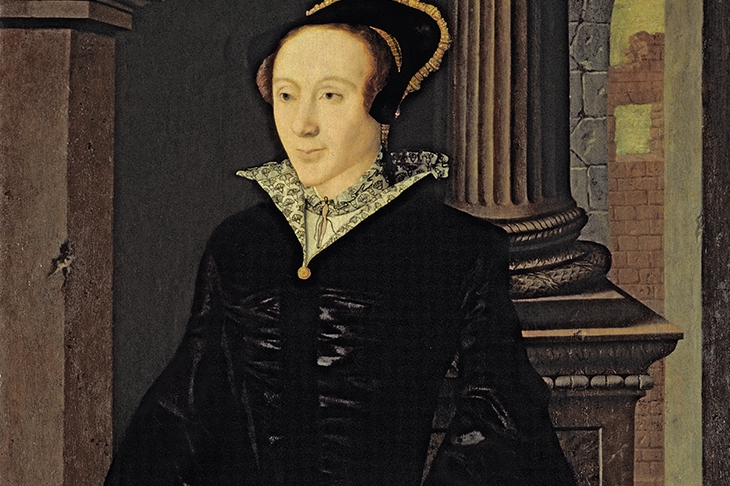Set discreetly into a wall in Smithfield, amid the bustle and bars of this rapidly gentrifying part of London, is a memorial raised by the Protestant Alliance in 1870 commemorating the men and women who died agonisingly nearby, roasted alive for refusing to abjure their new-found reformed religion.
Nimble intellectual footwork was needed across the 16th century of Tudor rule to keep the fires of Smithfield at bay. In the reign of Henry VIII, orthodox Catholicism was temporarily set aside to allow the monarch a divorce, in order to get his thigh across the reform-minded Anne Boleyn. Henry himself, however, remained resistant to the new faith.
Not so his son and successor Edward VI, who, though a child, was a cold fanatic in the cause of a more extreme evangelical order than England had ever know. Things changed again in the reign of Edward’s half-sister Mary, as fanatical in her Catholicism as Edward had been in his Protestantism. Finally, the ship of state stabilised under Elizabeth, the last of Henry’s offspring, who, true to her policy of not making windows into men’s souls, established a moderate Protestant English Church, under which secret Catholicism was tolerated as long as those who clung to the old faith paid lip-service to the new order and refrained from plotting to kill the Queen.
The problem throughout this topsy-turvy time was the awkward squad of zealots who refused to hide their opinions to play the Vicar of Bray. It is these martyrs, and the nature of the beliefs that brought them to the flames, that are the subjects of Virginia Rounding’s sometimes repetitious, often excruciatingly grim, but always deeply researched and fascinating book.
Rounding writes knowledgeably about the arcane points of theology that separated these brave dissenters from traditional doctrine and led them inexorably towards the flames: did communion bread and wine change into the real presence of Christ? Was the Pope Christ’s representative on earth, and were his priests the sole mediators between men and God? Was it right to read the Bible in un-authorised translations? And should saints and images be worshipped? It may seem laughable in our godless age, but these matters led the martyrs to die in torment, their limbs blackening, curling skyward and dropping off as they expired. (Rounding spares us none of the grisly details of their lingering deaths.)
The most striking of the martyrs whose stories Rounding recounts is Anne Askew, a Lincolnshire gentlewoman, and evidently an early feminist as well as a pioneering Protestant. Leaving her abusive husband, Anne fearlessly proclaimed the new faith to the inquisitors who tried to trap her into implicating Henry’s sixth and last wife, Katherine Parr, in heresy. Racked in the Tower, Anne had to be carried to the martyrdom she sought because her limbs were dislocated. The story of England’s martyrs is dominated in current historiography by those Catholics who died for the old faith. In her study of those who bravely suffered so horribly for the new, Rounding has redressed the balance.
Tudor history is becoming increasingly the preserve of female historians, perhaps because women like Henry’s wives and daughters played such prominent parts in shaping it. One woman who has inexplicably escaped the trawl until now, Margaret Douglas, Countess of Lennox, is the subject of Morgan Ring’s exuberant debut biography — and if you have never heard of her, you have missed a historical treat.
The daughter of Henry’s elder sister and her second husband Archibald Douglas, Margaret was a convinced Catholic who spent half a century plotting to put her Scots branch of the Tudor dynasty on the throne of a united Anglo-Scottish kingdom. Her inveterate intrigues landed her in the Tower three times, but she was a born survivor and, unusually for a Tudor plotter, died in her bed rather than on the block.
The unworthy instrument of her intrigues was her foolish, unstable son, Henry Darnley, who Margaret managed to marry off to Mary, Queen of Scots. Mary soon tired of the fop and connived in his murder; but the infant son Darnley left behind achieved Margaret’s ambition — though posthumously for her — when he became James I of England on Elizabeth’s death in 1603.
Both these books carry messages for our own troubled times — on the perils of religious fanaticism and intolerance; the repression of women; and the long love-hate affair between the Scots and the English. Best of all, they are informed works of history that both educate and entertain.






Comments